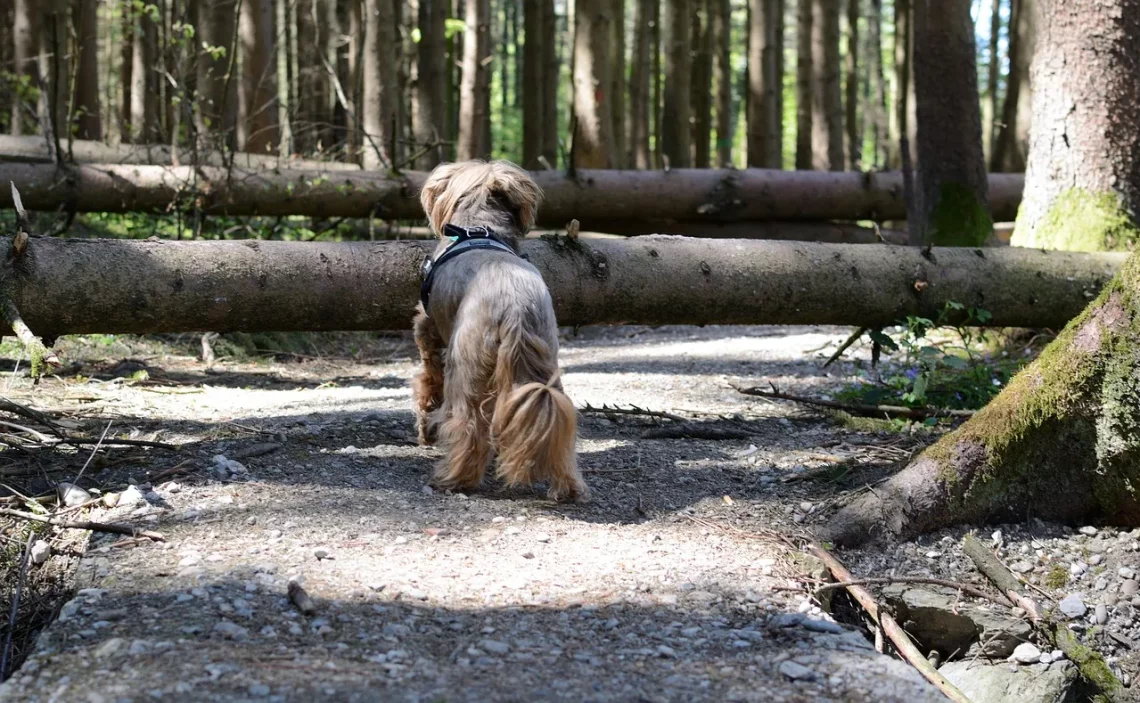
Understanding Dog Umbilical Hernia: Causes, Symptoms, and Treatment
Understanding dog umbilical hernia is essential for pet owners who want to ensure the health and well-being of their furry companions. An umbilical hernia occurs when a portion of the abdominal contents protrudes through an opening in the abdominal muscles, typically near the navel. This condition can affect dogs of all breeds and sizes, but certain factors can increase the risk. While umbilical hernias are often congenital, meaning they are present at birth, they can also develop later due to various reasons.
Recognizing the signs of an umbilical hernia is crucial for timely intervention. Pet owners may notice a soft swelling near the belly button area or other symptoms that indicate discomfort or distress in their dogs. Understanding the underlying causes can also help owners take preventive measures and make informed decisions about their pets’ health.
Fortunately, many umbilical hernias can be treated effectively, often through surgical intervention. However, the approach may vary depending on the severity of the condition and the individual dog’s health. In this article, we will delve into the causes, symptoms, and treatment options for umbilical hernias in dogs, providing owners with the knowledge they need to care for their pets effectively.
What Causes Umbilical Hernias in Dogs?
Umbilical hernias in dogs can arise from a variety of factors, with congenital defects being the most common cause. When a puppy is born, the umbilical cord connects it to the mother, providing vital nutrients and oxygen during gestation. After birth, the cord is typically severed, and the umbilical opening closes. However, if this closure process is incomplete, a hernia may develop.
Genetics can play a significant role in the occurrence of umbilical hernias. Certain breeds, such as Boston Terriers, Boxers, and Chihuahuas, are more predisposed to this condition. This predisposition suggests that hereditary factors may influence the structural integrity of the abdominal wall in these breeds.
In addition to congenital factors, acquired umbilical hernias can occur due to trauma or excessive pressure on the abdominal wall. Activities such as straining during bowel movements, obesity, or chronic coughing can weaken the muscles around the umbilical area, leading to a hernia. In some cases, spaying or neutering procedures may inadvertently result in a hernia if the surgical site does not heal properly.
Furthermore, some illnesses that cause significant abdominal pressure, such as liver disease or ascites (fluid accumulation in the abdomen), can contribute to the development of an umbilical hernia. Understanding these causes is crucial for pet owners, as it can help them identify risk factors and take preventive measures to protect their dogs.
Recognizing the Symptoms of Umbilical Hernias
Identifying the symptoms of an umbilical hernia is vital for ensuring prompt treatment. The most noticeable sign is a soft swelling or bulge near the dog’s belly button. This bulge may become more prominent when the dog is standing or straining and may reduce in size or disappear when the dog is lying down or relaxed.
In some instances, the hernia may be small and asymptomatic, meaning the dog does not show any signs of pain or discomfort. However, larger hernias can cause distress and may lead to complications. Pet owners should watch for signs such as vomiting, loss of appetite, lethargy, or difficulty defecating. These symptoms may indicate that the hernia has become incarcerated or strangulated, which is a serious condition that requires immediate veterinary attention.
In addition to physical signs, behavioral changes may also point to the presence of an umbilical hernia. A dog in pain may become more withdrawn or exhibit signs of discomfort, such as whining or excessive licking of the area around the hernia. If a pet owner notices any of these symptoms, it is crucial to seek veterinary advice promptly.
Regular veterinary check-ups can help in early detection, as some hernias may be discovered during routine examinations. Veterinarians can perform physical assessments to diagnose the condition accurately and recommend appropriate treatment options based on the severity of the hernia.
Treatment Options for Umbilical Hernias
The treatment for an umbilical hernia largely depends on its size, symptoms, and whether it poses a risk to the dog’s health. In many cases, if the hernia is small and asymptomatic, veterinarians may recommend a wait-and-see approach, especially if the dog is otherwise healthy. Regular monitoring can be sufficient, as some small hernias may close on their own as the dog grows.
However, surgical intervention is often the most effective and definitive treatment for umbilical hernias, particularly if the hernia is large or causing discomfort. The surgery involves making an incision near the hernia site, pushing the protruding tissue back into the abdomen, and repairing the abdominal wall. This procedure is typically performed under general anesthesia, and most dogs recover quickly.
Post-surgery care is crucial for ensuring a successful recovery. Pet owners should follow their veterinarian’s instructions regarding activity restrictions and wound care. Preventing the dog from jumping or running for a period after surgery is essential to avoid complications.
In some cases, if a hernia is incarcerated or strangulated, emergency surgery may be necessary. These conditions occur when the blood supply to the herniated tissue is compromised, leading to tissue death. Immediate veterinary attention is critical in such scenarios to prevent serious health consequences.
After treatment, regular follow-ups with the veterinarian are important to monitor the dog’s overall health and ensure that no further complications arise.
**Disclaimer**: This article is for informational purposes only and does not constitute medical advice. Always consult with a qualified veterinarian for health concerns regarding your pet.




